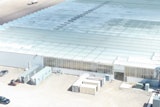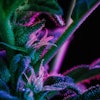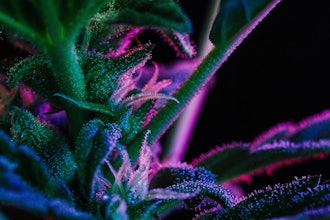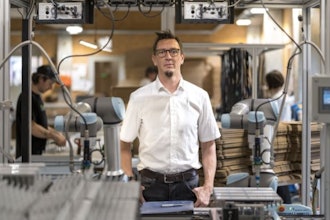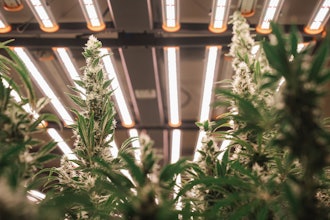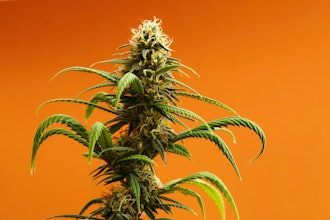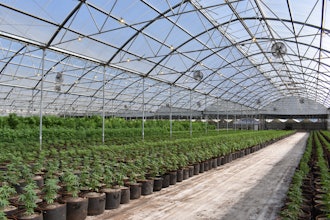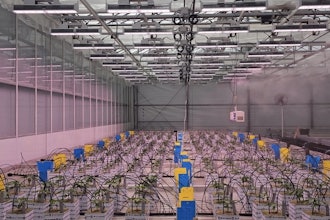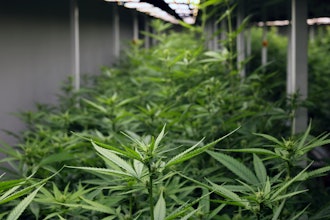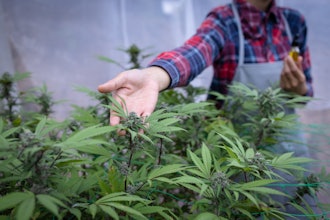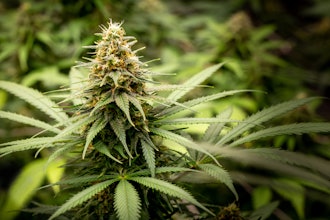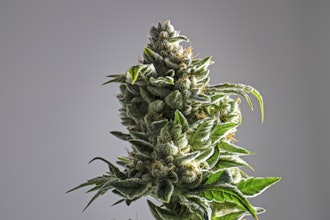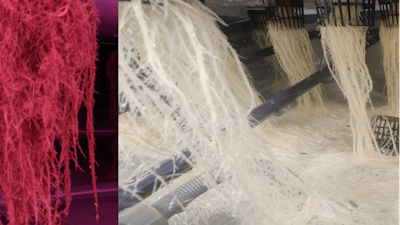
Aeroponic and hydroponic grow systems do not use soil or media, so they are exposed to comparably fewer pathogens than traditional outdoor crops. However, pathogens are not just limited to soil. Seeds, cuttings, water and even plant maintenance staff, can introduce pathogens into a grow environment.
One of the many benefits of hydroponics is minimal water usage, as water is recycled through a system for efficiency. Aeroponics is even better, saving as much as 95% of the water that circulates through a grow system. However, if not properly controlled and suppressed, recirculating water systems can rapidly spread root-infecting pathogens between crops. Therefore, the most effective way to avoid a systemic spread of plant pathogens is to maintain water health.
Many water disinfection techniques are available, such as filtration, pasteurization, irradiation and chemical treatment. The great thing about chemical disinfection is that it can be applied to nearly any existing system with minimal disruption of your procedures.
Chemical oxidation is a method of "clearing" fertigation solutions by reacting with organic pathogens to clear the nutrient solution and pipes of active organic matter. When implemented correctly, small, unwanted organic pathogens are destroyed by oxidation, while larger organisms like plants are left unharmed.
Chlorine and various compounds have been used to disinfect water for consumption for more than a hundred years. While water chlorination and oxidizing agents are used for this purpose, the most common for hydroponic systems include hydrogen peroxide (H202), hypochlorous acid (HOCl), ozone (O3) and chlorine dioxide (ClO2). Despite being oxidizing agents, the process by which each chemical reacts with the organic matter in the solution is different. Here are some of my favorites:
Hydrogen Peroxide
As a strong oxidizer, H2O2 can be applied to react with organics to form H2O (water) and a variety of free radicals and other reactive elements capable of reacting with and decomposing organic material, including pathogens. The final by-products of H2O2 reactions are oxygen and water. Commercially available forms of H2O2 are sold in a variety of different concentrations. Typical application concentrations range between 25 PPM and 150 PPM. These settings depend on exposure time, the concentration of organic matter in solution, plant species and plant age.
Hypochlorous Acid
Hypochlorous acid is a special form of chlorine that is highly effective at disinfecting. HOCl offers strong oxidizing potential and a neutral charge, so it is a very useful killer of bacteria, fungi and viruses. When added to a hydroponic system, the free hypochlorous acid in solution reacts rapidly with organic matter and ammonium-containing compounds in fertigation water. At low concentrations in solution (0.3-0.8 PPM), hypochlorous acid works effectively to loosen mineral deposits and to clear irrigation lines.
At higher concentrations in solution (0.8-2.5 PPM), hypochlorous acid can also work as an effective oxidative cleaning agent with minimal risk of phytotoxicity (killing your plants). The downside is that the acid can be unstable and requires a process to monitor the concentration and results.
ORP (Oxidation Reduction Potential)
One method to monitor the activity of a chemical oxidizer in solution is to use an ORP sensor. ORP is a measurement, in millivolts (mV), of a solution's capacity for electron transfer (oxidation or reduction).
Unfortunately, ORP sensors are a measurement, not an answer. Making the wrong analysis (under or over-dosing) can lead to poor pathogen control, nutrient lockouts or phytotoxicity.
Informed Dosing Decisions
When adding any chemical to a hydroponic system, it is critical to understand the dosing rate, schedule and applied concentrations in parts per million. The objective is to kill the bugs and preserve your plants.
All commercially available chemical products must list their active ingredients in a safety data sheet (SDS).
For example, commercially available forms of H2O2 can be purchased in stock solution concentrations between 3% and 35%. Converting from those weights to your desired PPM concentrations and diluting to your ideal application levels is a quick calculation.
For a deep dive into these subjects, visit https://www.aessensegrows.com/en/resources/plant-science-test-kitchen-blog.
